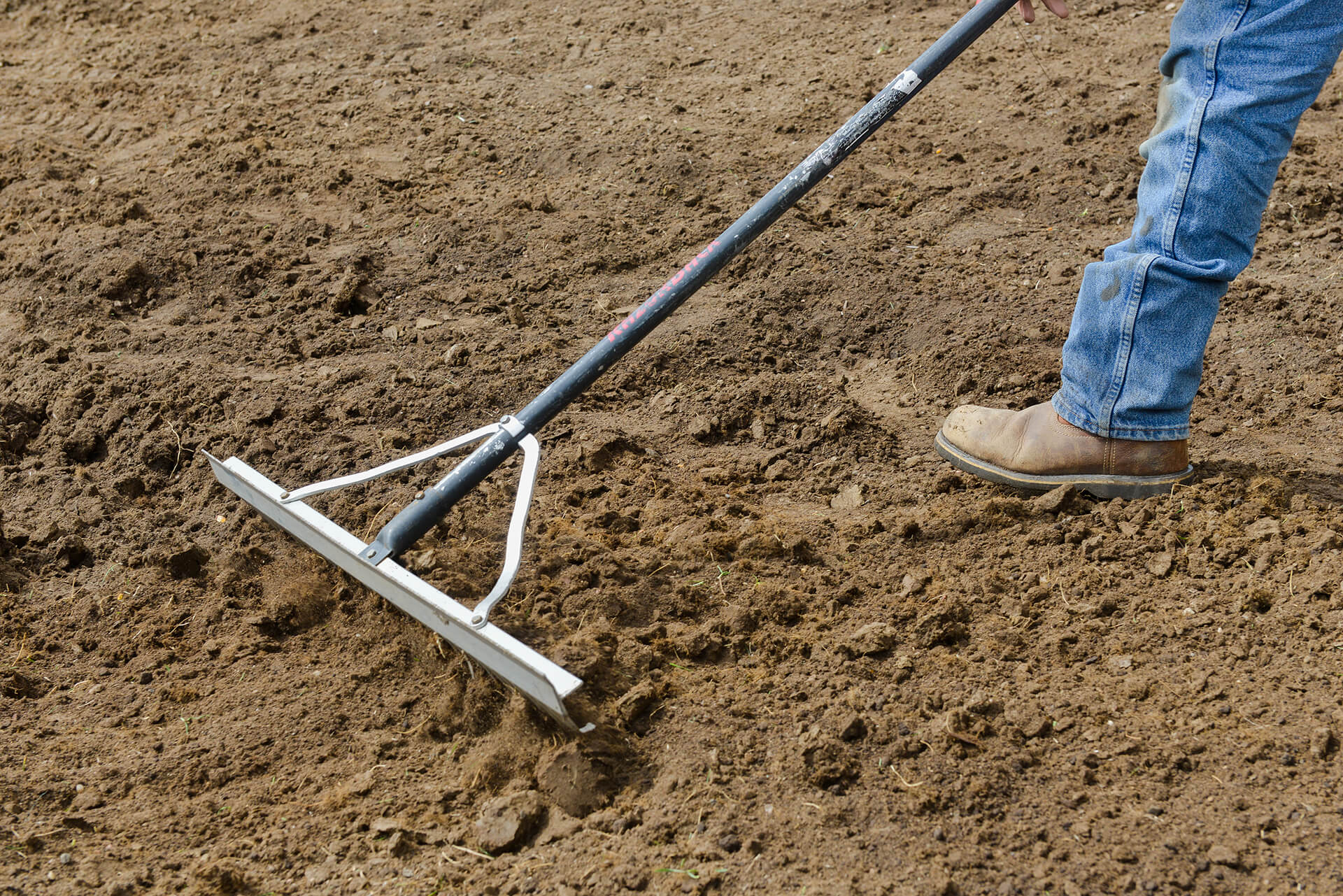Prepare Garden Soil: Essential Steps for a Thriving Garden
 " width="250" height="250">
" width="250" height="250">Imagine your garden as a bustling city. The plants are the citizens, and the soil is the foundation upon which everything is built. Just as a city needs a solid infrastructure to thrive, your garden requires well-prepared soil to flourish. So, are you ready to roll up your sleeves and create the perfect home for your plants? Let's dive into the essential steps to prepare garden soil.
Understanding Your Soil
Before we start digging, it's crucial to understand what you're working with. Soil is a living ecosystem, teeming with microorganisms, and its health is paramount to your garden's success.
Soil Testing: The First Step
You wouldn't build a house without a blueprint, would you? Similarly, you shouldn't prepare your soil without a soil test. Soil testing kits are readily available and can provide valuable insights into your soil's pH, nutrient levels, and organic matter content. For a more detailed analysis, consider sending samples to a professional lab. The results will guide your soil preparation journey.
Improving Soil Structure
Soil structure is the arrangement of soil particles and the spaces between them. Improving it is like building a highway system in our city analogy – it facilitates the movement of water, air, and nutrients.
Adding Organic Matter
Organic matter is the magic ingredient that improves soil structure, enhances water retention, and promotes microbial activity. Compost, aged manure, and shredded leaves are excellent sources. Aim to incorporate a 2-3 inch layer into your soil.

Tilling and Aeration
Tilling helps to break up compacted soil and incorporates organic matter. However, excessive tilling can damage soil structure. Instead, consider aeration for established garden beds. This process creates small holes in the soil, allowing water and air to penetrate.
Balancing Soil pH
Soil pH affects nutrient availability and plant growth. Most plants prefer a slightly acidic to neutral pH (6.0-7.0). Your soil test results will guide you on how to adjust the pH.
Adjusting pH: Acidic Soil
If your soil is too acidic, you can raise the pH by adding lime. The amount will depend on your soil test results. Be patient, as it can take several months to see changes.
Adjusting pH: Alkaline Soil
For alkaline soils, you can lower the pH by incorporating sulfur or acidic organic materials like peat moss. Again, changes will occur gradually.
Enhancing Soil Nutrients
Plants need a balanced diet of nutrients to grow. Nitrogen (N), phosphorus (P), and potassium (K) are the primary nutrients, but plants also need micronutrients like calcium, magnesium, and sulfur.
Fertilizers: Organic vs. Synthetic
Organic fertilizers, like compost and manure, release nutrients slowly and improve soil health. Synthetic fertilizers provide a quick nutrient boost but can harm soil life if overused. Consider a balanced approach, using organic fertilizers for long-term soil health and synthetic fertilizers for immediate needs.
Preparing Garden Beds
Now that your soil is in tip-top shape, it's time to prepare your garden beds. This is like zoning your city, creating designated spaces for different plant communities.
Raised Beds vs. In-Ground Beds
Raised beds offer excellent drainage and easy soil control but require more materials and effort. In-ground beds are simpler but can be prone to compaction and drainage issues. Choose the best fit for your garden.

Mulching: The Final Touch
Mulch is like the icing on the cake. It suppresses weeds, retains moisture, and regulates soil temperature. Organic mulches, like straw or wood chips, also improve soil health as they decompose.
Maintaining Soil Health
Soil preparation isn't a one-time task. Maintaining soil health is an ongoing process, much like city maintenance.
Crop Rotation
Crop rotation helps prevent nutrient depletion and pest infestations. It's like rotating crops in different zones of your city to keep each zone productive and healthy.
Cover Crops
Cover crops, like clover or rye, protect and improve soil when your garden is fallow. They're like temporary residents that enhance the city during the off-season.
Conclusion
Preparing garden soil is a journey, not a destination. It's about understanding your soil, improving its structure and nutrients, and maintaining its health. By following these essential steps, you're laying the foundation for a thriving garden. So, are you ready to get your hands dirty and create a bustling plant city? Your garden awaits!
FAQs
How often should I test my soil?
- It's a good idea to test your soil every 3-5 years. However, if you notice plant growth issues, consider testing more frequently.
Can I prepare my soil in the fall?
- Yes, fall is an excellent time to prepare your soil. Adding organic matter in the fall allows it to decompose over the winter, improving your soil for spring planting.
How do I know if my soil is well-draining?
- Dig a hole about a foot deep and fill it with water. If the water drains within a few hours, your soil has good drainage. If it takes longer, your soil may be poorly draining.
What is the best pH for vegetable gardens?
- Most vegetables prefer a slightly acidic to neutral pH, between 6.0 and 7.0. However, some plants, like potatoes and blueberries, prefer more acidic soil.
How can I improve clay soil?
- Clay soil can be improved by adding organic matter, which enhances soil structure and drainage. Gypsum can also help to break up clay particles.
For further reading, check out these resources:
- Soil Testing Laboratory Services by the USDA
- Improving Soil Structure by the Royal Horticultural Society
- Understanding Soil pH by Planet Natural
0 Response to "Prepare Garden Soil: Essential Steps for a Thriving Garden"
Post a Comment